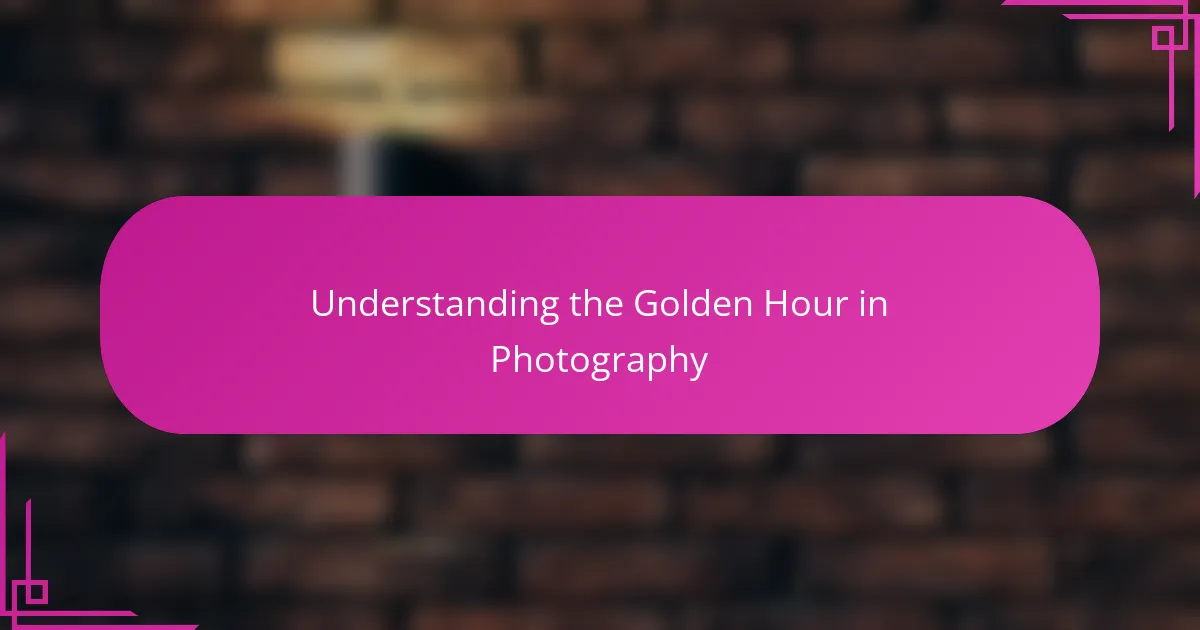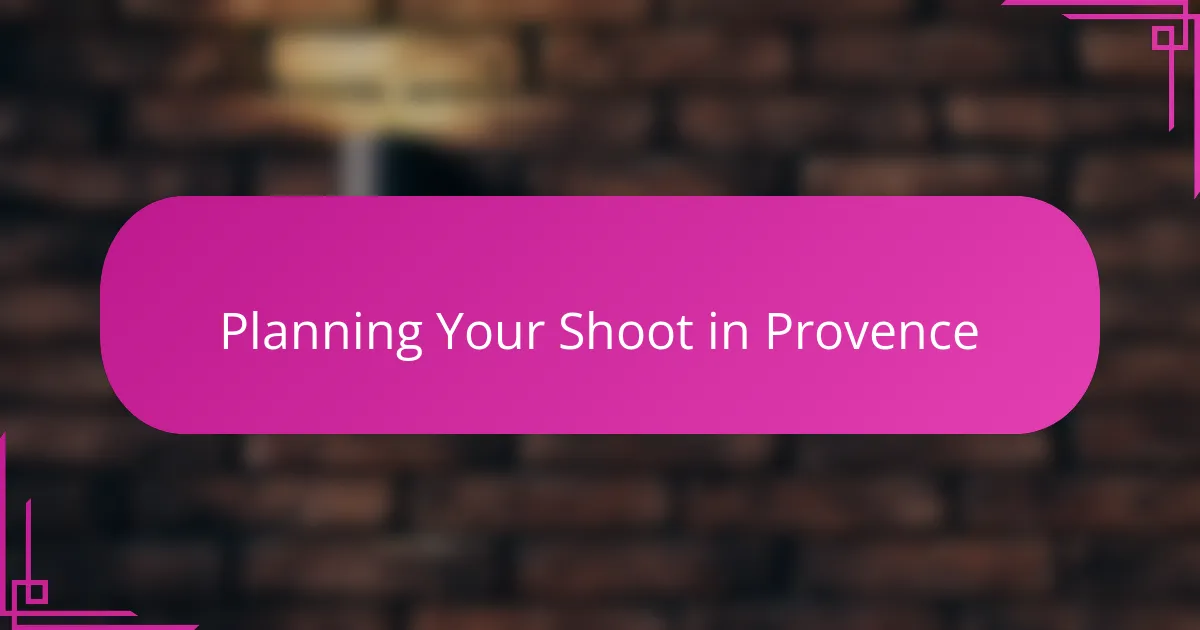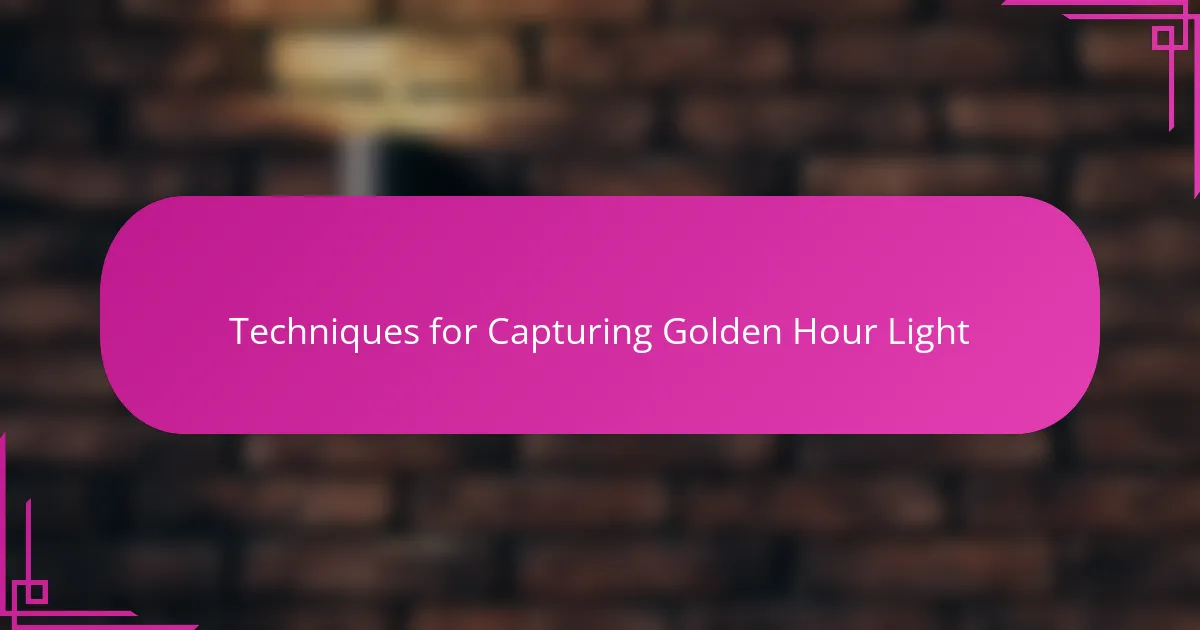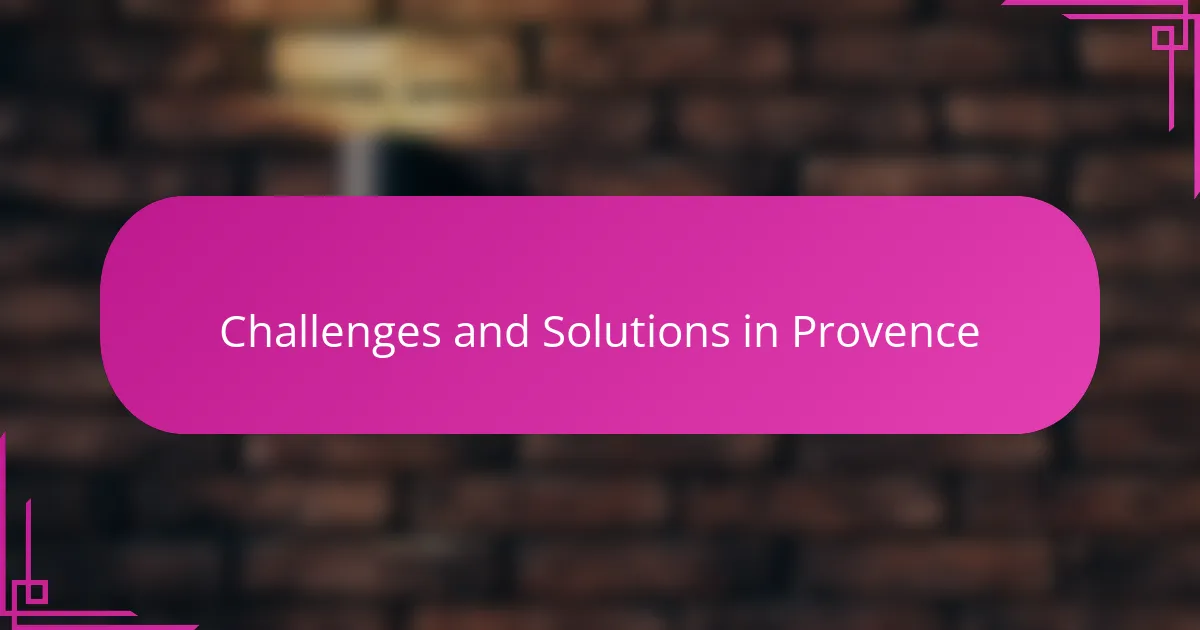Key takeaways
- The golden hour enhances photography by creating warm light and rich colors, requiring photographers to plan and be adaptable.
- Essential gear includes a DSLR with a fast lens, tripod for stability, and accessories like lens hoods and microfiber cloths to ensure smooth shooting.
- Using techniques like composition with the light source, leading lines, and natural reflectors can significantly improve photo quality during golden hour.
- Flexibility in adapting to challenges like changing weather and crowds transforms potential problems into creative opportunities for capturing stunning images.

Understanding the Golden Hour in Photography
For me, the golden hour is more than just a time of day; it’s a fleeting moment when the world transforms under warm, soft light. Have you ever noticed how shadows stretch longer and colors seem to glow with an almost magical intensity during this time? That’s the essence of golden hour—it brings out the hidden beauty in everyday scenes.
Understanding this light means recognizing its power to shape mood and depth in a photograph. When I first started shooting, I underestimated how drastically this short window could change an image’s story. Now, I plan my sessions around it, knowing that those precious minutes hold a unique kind of magic that no artificial light can replicate.
The golden hour also challenges photographers to work quickly and attentively. Have you felt the pressure to capture the perfect shot before the light fades? I have, and it taught me to trust my instincts and embrace spontaneity, deepening my connection to both the subject and the ever-changing atmosphere around me.

Planning Your Shoot in Provence
Planning a shoot in Provence means more than just showing up at golden hour—it requires knowing exactly where the light will fall and how the landscape will respond. I remember arriving early one evening, map in hand, tracing vineyards and lavender fields to predict where the sun would set. Have you ever found a spot that looks ordinary at midday but transforms into something breathtaking as the light shifts? That’s what makes preparation so rewarding here.
Timing is everything. I often advise setting alarms well before golden hour to give yourself time for scouting and adjusting equipment. This patience pays off when you witness the valley bathed in amber glow, and your camera is ready to capture it perfectly. Do you plan for the light’s fleeting nature or rush in hoping for luck? From experience, a calm, methodical approach beats hurrying every time.
Lastly, consider local conditions—seasonal changes, weather, and even the angle of the sun play huge roles. On a misty morning in spring, I found that waiting just ten minutes made the entire scene sparkle differently under the soft glow. Do you allow room for such serendipity in your planning? In Provence, flexibility alongside preparation is key to making golden hour shoot magic happen.

Essential Gear for Golden Hour Photos
When I head out for golden hour shoots in Provence, my camera is always the first essential piece of gear. I rely on a DSLR with a fast lens—usually something around f/1.8 or f/2.8—because that aperture lets in just the right amount of light to capture those warm, glowing tones without losing detail. Have you noticed how a good lens makes the difference between a snapshot and a photograph filled with atmosphere?
Tripods might seem bulky, but they’re invaluable during golden hour, especially when the light starts to fade fast. I remember one evening when the sun dipped quicker than expected; having my tripod set up saved me from blurry images as I lowered shutter speed. Do you sometimes wish you had a steady hand or a solid support just when the moment arrives? A sturdy tripod is like a silent partner, steadying not only your camera but your confidence too.
Lastly, I always pack a lens hood and a few microfiber cloths. The hood helps prevent those unpredictable sun flares from washing out a perfect shot, while the cloths are a lifesaver against dew or dust—common culprits during early morning or late evening shoots. It’s the little things that often keep a shoot running smooth. What’s your small but essential item for golden hour success? For me, these simple tools make all the difference.

Techniques for Capturing Golden Hour Light
Mastering the exposure settings is one technique I always rely on during the golden hour. Have you ever struggled with your camera overexposing the warm light or losing detail in the shadows? I found that manually adjusting my ISO and aperture helps me preserve that delicate balance between light and shadow, keeping the image true to the moment’s softness.
Another approach I embrace is playing with the angle of light. I often move around my subject to catch the sun’s rays filtering through leaves or casting dramatic long shadows. Isn’t it fascinating how a slight shift in perspective can transform the mood entirely? That interplay between light and subject becomes my creative playground during these fleeting minutes.
Lastly, I never underestimate the power of using natural reflectors—walls, sand, or even nearby flowers—to bounce the golden glow back onto my subject. Once, while shooting a vineyard portrait, I positioned the model near a sunlit stone wall, and the reflected light added a subtle warmth that made the image almost glow from within. Have you tried using your environment as an extension of the light source? It’s unexpectedly rewarding and often overlooked.

Composition Tips During Golden Hour
During golden hour, I’ve learned that composing with the light source just outside the frame can create stunning silhouettes and rich contrasts. Have you ever noticed how placing the sun behind your subject instantly adds depth and drama? It’s like letting the light paint around your subject rather than directly hitting it.
I also tend to use leading lines more consciously during this time. Whether it’s a row of cypress trees or the rustic fences of a Provençal field, those lines guide the viewer’s eye into the warm glow of the horizon. Does it feel differently when your composition invites someone to walk into the light? For me, that subtle pull makes an image more immersive.
Finally, I try to keep my compositions simple and uncluttered, allowing golden hour’s soft tones to be the star of the show. There were moments when I almost cluttered the frame with too many elements, but stepping back and embracing negative space made all the difference. Have you ever experienced that ‘aha’ moment when less really is more during golden hour? It’s a lesson that keeps deepening with every shoot.

Challenges and Solutions in Provence
Provence’s landscape, while breathtaking, posed its own challenges during golden hour shoots. The rolling hills and dense lavender fields often hid the sun just before it dipped below the horizon, leaving me scrambling to find that perfect angle before the light vanished. Have you ever felt that rush, knowing you have only minutes to adapt? I learned to move quickly but thoughtfully, scouting vantage points in advance and embracing the unexpected shadows as part of the scene’s story.
Weather unpredictability added another layer of complexity. One evening, vibrant golden light promised an incredible shoot, but suddenly a cloud bank rolled in, muting the glow. Instead of packing up, I shifted my focus to capturing the subtle interplay of soft light and shadow that followed. Have you ever discovered beauty in the moments when things don’t go as planned? In Provence, flexibility became my secret weapon, turning challenges into opportunities for creativity.
Finally, managing crowds was tougher than I anticipated. Popular spots filled with tourists, especially during sunset, meant that waiting patiently became as important as the shoot itself. I found that arriving early and striking up conversations with locals opened up quieter, less obvious locations. Isn’t it fascinating how the human element—patience and connection—can transform a technical challenge into a rewarding experience? This balance made each golden hour session in Provence not just about light, but about being present in the moment.